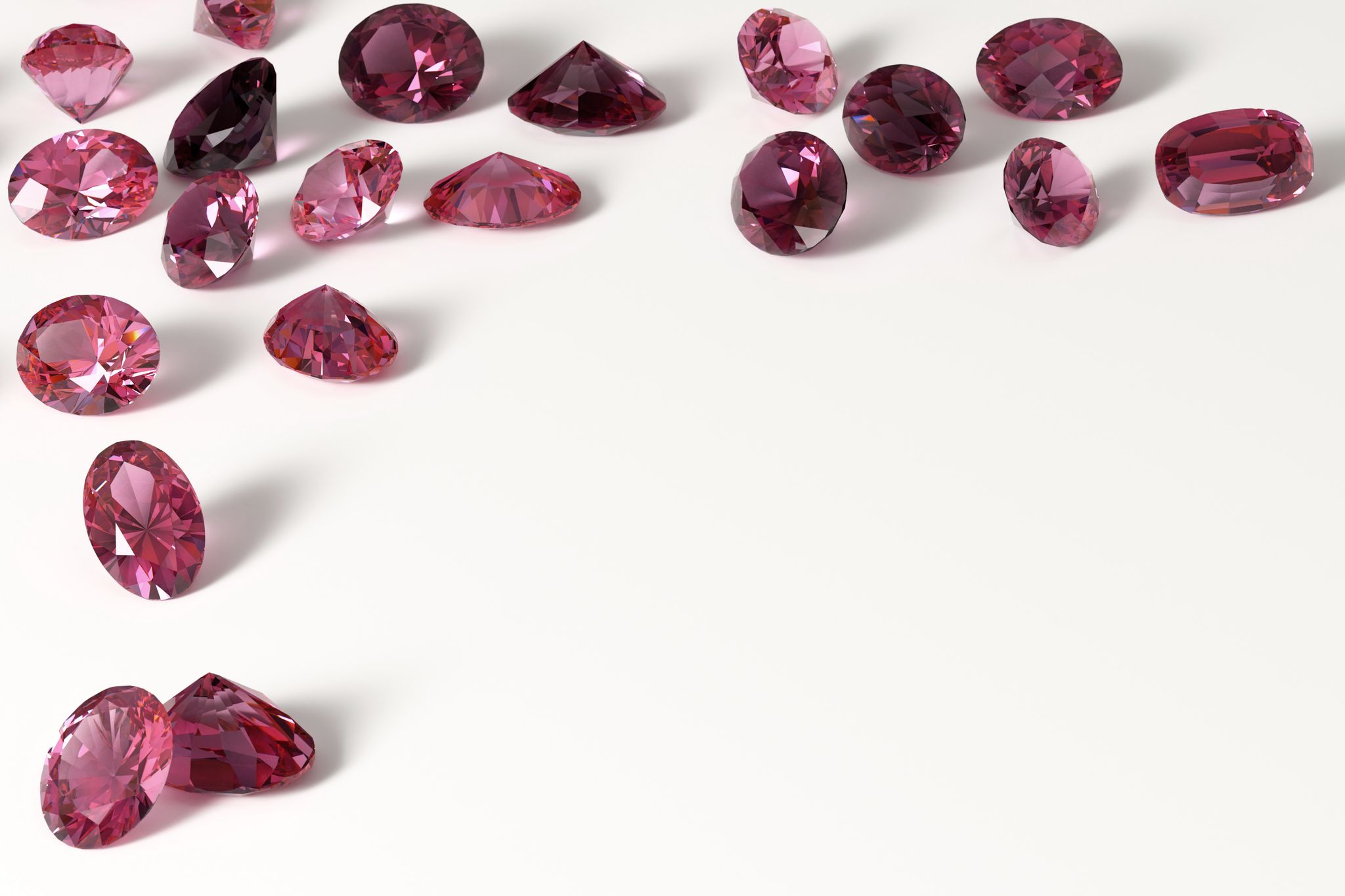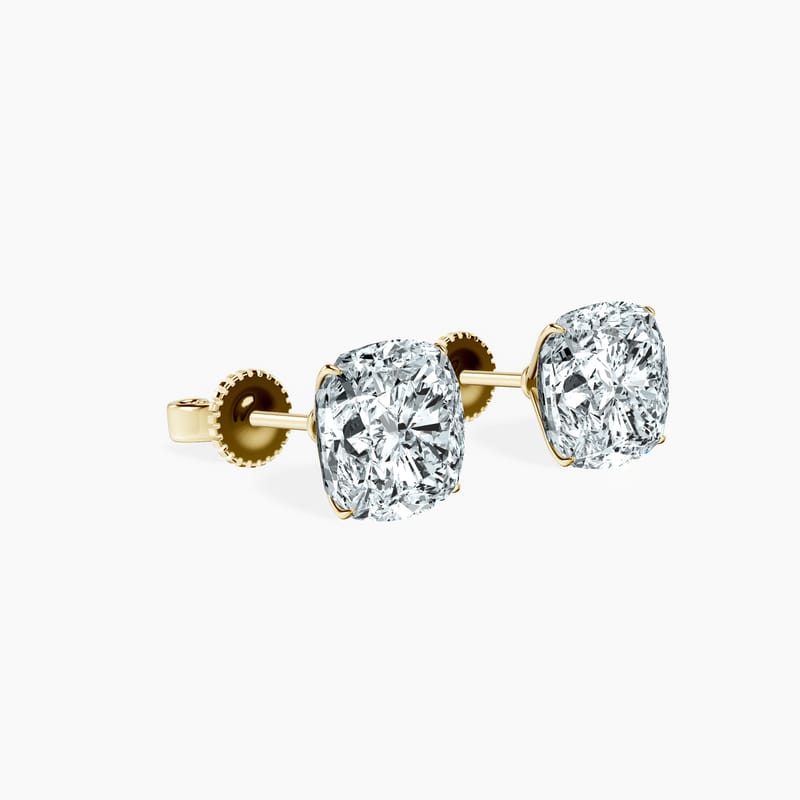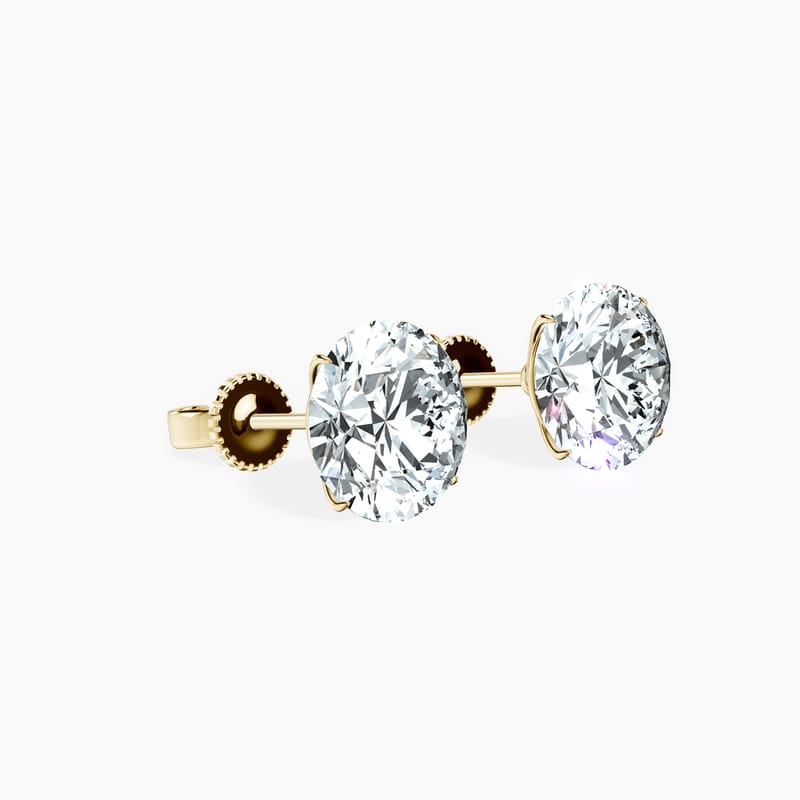The Allure of Gemstones: A Brief Overview
Gemstones have been admired and coveted for thousands of years. These precious stones are often associated with beauty, power, and spirituality. Whether you’re drawn to the fiery red of a ruby, the serene blue of a sapphire, or the lush green of an emerald, each gemstone carries its own unique charm and significance.
The Meaning Behind Gemstones
Gemstones are more than just beautiful stones—they carry deep meanings and are often linked to personal and spiritual symbolism. Here’s a quick look at some of the most popular gemstones and their meanings:
- Rubies: Represent passion, love, and courage. Rubies are often associated with vitality and strength, making them a powerful choice for those who want to channel these qualities.
- Sapphires: Known for their calming blue color, sapphires symbolize wisdom, purity, and serenity. They are believed to bring peace and clarity to the mind.
- Emeralds: Represent rebirth, growth, and fertility. The lush green of emeralds is often linked to nature and renewal, making them a symbol of fresh beginnings.
These meanings add an extra layer of significance to your gemstone jewelry, making your purchase even more special.
Natural vs. Lab Grown Gemstones: Understanding the Differences
When it comes to buying gemstones, one of the first decisions you’ll need to make is whether to choose natural or lab grown stones. Both options have their own unique benefits, and understanding the differences between the two can help you make an informed choice.
What Are Natural Gemstones?
Natural gemstones are those that are formed naturally over millions of years beneath the Earth’s surface. They are mined from the Earth, cut, and polished to be used in jewelry. Natural gemstones are valued for their rarity, and each stone is unique, with its own set of inclusions and characteristics.
Pros of Natural Gemstones:
- Rarity: Natural gemstones are rare and unique, which adds to their value and appeal.
- History: Each natural gemstone has a story, having been formed over millions of years, which makes it a fascinating and meaningful choice.
- Investment: Due to their rarity, natural gemstones can be seen as an investment, often appreciating in value over time.
Cons of Natural Gemstones:
- Price: The rarity of natural gemstones also makes them more expensive, especially for high-quality stones.
- Ethical Concerns: The mining of natural gemstones can have environmental and ethical implications, including habitat destruction and unethical labor practices.
- Inclusions: Natural gemstones often have inclusions or imperfections, which can affect their clarity and appearance.
What Are Lab Grown Gemstones?
Lab grown gemstones are created in controlled environments that mimic the natural conditions under which gemstones form. These stones are chemically and physically identical to natural gemstones but are produced in a fraction of the time.
Pros of Lab Grown Gemstones:
- Affordability: Lab grown gemstones are generally more affordable than their natural counterparts, making them accessible without compromising on quality.
- Ethical and Eco-Friendly: Since they are created in a lab, these gemstones don’t involve mining, making them a more sustainable and ethical choice.
- Purity: Lab grown gemstones often have fewer inclusions and can be produced in a way that enhances their clarity and color.
Cons of Lab Grown Gemstones:
- Perceived Value: While lab grown gemstones are identical to natural stones, some people still place a higher value on natural gemstones due to their rarity.
- Resale Value: Lab grown gemstones may not appreciate in value the same way natural stones do, which can be a consideration for those looking at gemstones as an investment.
Exploring Popular Gemstones: Rubies, Sapphires, and Emeralds
Among the many gemstones available, rubies, sapphires, and emeralds are some of the most sought-after. Each of these stones has a rich history and distinct characteristics that make them unique. Here’s a closer look at these popular gemstones and what to consider when purchasing them.
Rubies: The Stone of Passion
Rubies are known for their intense red color, which ranges from deep crimson to bright, fiery red. This gemstone has been associated with love, passion, and power throughout history. It’s a popular choice for those who want to make a bold statement with their jewelry.
What to Look for in a Ruby:
- Color: The most valuable rubies are those with a vibrant, saturated red color, often referred to as “pigeon blood” red. Avoid rubies with a brown or orange hue, as they are generally less valuable.
- Clarity: Rubies often have inclusions, but stones with fewer inclusions are more valuable. However, some inclusions can give a ruby character, so it’s essential to find a balance that appeals to you.
- Cut: The cut of a ruby can enhance its color and brilliance. Look for well-proportioned cuts that allow the stone to reflect light beautifully.
- Certification: Whether natural or lab grown, always ask for a certification that verifies the ruby’s authenticity and origin.
Sapphires: The Stone of Wisdom
Sapphires are most commonly associated with the color blue, but they can also be found in a range of other colors, including pink, yellow, and green. The deep blue sapphire is a symbol of wisdom, loyalty, and serenity, making it a popular choice for engagement rings and other meaningful jewelry.
What to Look for in a Sapphire:
- Color: The most prized sapphires are those with a deep, rich blue color. Sapphires with a violet hue are also highly valued. Consider the stone’s saturation and ensure the color is even throughout.
- Clarity: While sapphires often have some inclusions, stones with fewer inclusions are more valuable. However, some inclusions are acceptable and can even add character to the stone.
- Cut: A well-cut sapphire will have excellent symmetry and allow light to reflect evenly across the stone, enhancing its natural beauty.
- Certification: As with rubies, always ask for a certification to ensure the sapphire is genuine and to understand its origins.
Emeralds: The Stone of Renewal
Emeralds are cherished for their lush green color, symbolizing rebirth, renewal, and growth. This gemstone has been prized for centuries and is a favorite among those who love vibrant, nature-inspired jewelry.
What to Look for in an Emerald:
- Color: The best emeralds have a deep, rich green color with a hint of blue. Stones with a more yellowish-green hue are generally less valuable. Look for an emerald with even color distribution.
- Clarity: Emeralds are known for having inclusions, often referred to as “jardin” (French for “garden”), which can give the stone a unique character. However, fewer inclusions usually mean a higher value.
- Cut: The cut of an emerald is crucial in enhancing its color and brilliance. The emerald cut is a popular choice, as it highlights the stone’s depth and color.
- Certification: Always ask for certification to verify the emerald’s authenticity and to understand whether it’s natural or lab grown.
Tips for Buying Gemstone Jewelry
Whether you’re purchasing a ruby, sapphire, emerald, or another gemstone, there are a few essential tips to keep in mind to ensure you’re making a confident and informed choice.
- Understand the 4 Cs
Just like with diamonds, gemstones are often evaluated based on the 4 Cs: Color, Clarity, Cut, and Carat weight. Understanding these factors will help you assess the quality of the gemstone and make a choice that suits your preferences and budget.
- Ask for Certification
Certification is crucial when buying gemstones. A certification from a reputable lab provides you with detailed information about the gemstone’s characteristics, including whether it’s natural or lab grown, its origin, and any treatments it has undergone.
- Set a Budget
Gemstones can vary significantly in price, so it’s important to set a budget before you start shopping. Lab grown gemstones can be a more affordable option without compromising on quality, so consider them if you’re looking to stay within a certain price range.
- Choose a Reputable Jeweler
When buying gemstone jewelry, choose a jeweler with a strong reputation for quality and ethical practices. Research customer reviews, ask questions, and make sure you’re comfortable with the jeweler’s sourcing policies.
- Consider the Setting
The setting of your gemstone can have a significant impact on its appearance and durability. Whether you’re choosing a ring, necklace, or earrings, make sure the setting complements the gemstone and provides adequate protection.
Making Informed Gemstone Choices
Whether you’re drawn to the fiery allure of a ruby, the serene beauty of a sapphire, or the lush green of an emerald, choosing the right gemstone is a deeply personal and exciting journey. By understanding the differences between natural and lab grown gemstones, and by knowing what to look for in terms of color, clarity, and cut, you can make confident and informed choices.
Gemstones are not just beautiful pieces of jewelry—they are symbols of meaning, history, and personal expression. By taking the time to educate yourself and considering all your options, you’ll find the perfect gemstone that resonates with your style and values. Happy gemstone shopping!
By following this guide, you’ll be well-equipped to explore the world of gemstones, from rubies to sapphires and beyond. Whether you’re adding to your collection or making your first purchase, these tips and insights will help you choose gemstones that are as meaningful as they are beautiful.













